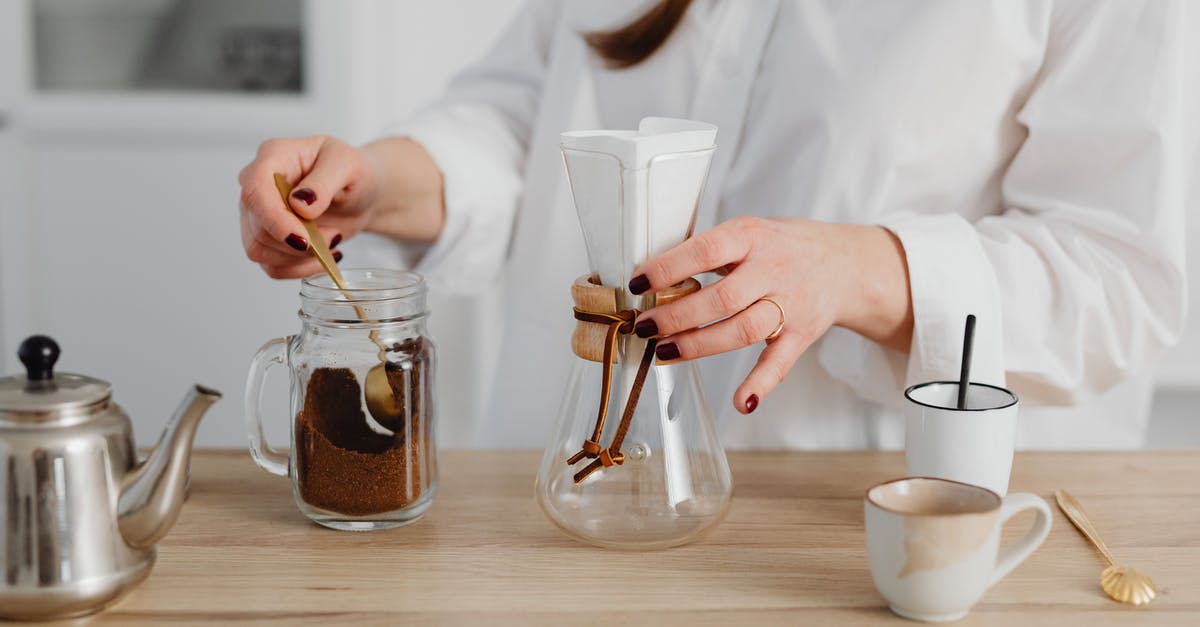Best container for making sauerkraut

We've tried this a few times. First time we used an old ceramic container and it started sheding on the inside and ruined it. Next time we used a new metal garbage can with one of those super sized 10 gallon zip lock bags as a liner. It went rank very quickly. This could have been due to our packing though. Before we get into this again, what is you recommendation for a good container? I hate the thought of plastics but it seems it might just be the best choice as long as it's made for food storage.
Best Answer
I use the German ceramic crocks. They come with stones that keep the kraut submerged and they have the lid that sits in a water filled moat. The company that made mine went out of business but there are other similar German/Polish fermenting crocks available.
The water seal does three things...it allows you to see bubbles coming out and lets you know fermentation is occurring. Secondly, it prevents organisms from the air getting in, and lastly, the oxygen gets forced out so all you have left inside is the CO2 given off by the anaerobic fermentation. You can use home brew airlocks to achieve the same effect. You would drill a hole in your plastic bucket lid, insert a rubber grommet and then add the airlock. Add some water to the airlock and then watch for the bubbles to start.
The only problem with the moat is the water can evaporate out and you lose the seal. Oxygen gets in and your anaerobic environment is lost. There are jars that only use an airlock, no water seal, so in that sense, the jars with the airlocks are better.
The side handles on ceramic crocks are sometimes not very functional. They can be hard to get a solid hold on, especially if your hands are wet.
I know lots of people use the open crock method. I have only used the closed crock. I believe anaerobic is best for getting the best bacteria but I am sure there are people who will argue open crock is better.
In the end, what's "best" is subjective. Functionally, I don't see why the food grade plastic bucket or the garbage can wouldn't work. Why it went bad...maybe the kraut wasn't covered or your brine concentration was too low. Use canning salt for your brine. It has no iodine and no anti-caking agents. It takes a while for the lactic acid to build up. That gives the kraut its flavor but also provides protection from unwanted microorganisms. Avoid the temptation to look inside (if using a closed crock) for the first 10 days. Let your kraut ferment at least a month. You could start eating it at 10 days but it needs more time to really complete the ferment.
Funny thing is...I don't even like kraut. I have some home made in the fridge right now. It's been in there a year and I am sure it's still perfectly fine to eat.
Pictures about "Best container for making sauerkraut"



Quick Answer about "Best container for making sauerkraut"
Old-fashioned earthenware crocks are traditional and are still a good choice as long as they are not cracked or chipped. Food-grade plastic pails that are sturdy and rigid make excellent containers.E-Jen Container for Sauerkraut
More answers regarding best container for making sauerkraut
Answer 2
I'd strongly suggest succeeding on the small scale first, but you can do what you like. Metal garbage can with plastic liner sounds like a terrible idea (plastic liners always seem to get leaks, and then you have acid in a metal garbage can...) Disclaimer - I have two quart canning jars going right now. Depending how they go, I'll consider a larger batch in the later fall, or just do some more quarts, or call the experiment a small investment in not wasting more time/ingredients if I don't like the results, or need to adjust my process before scaling up.
For big, cheap, available, sealable and hard to break you can't beat a "brew bucket" from a beer homebrewing supply place - it's food grade plastic, it's set up to use an airlock, and you can buy an airlock there if it doesn't come with one. Or you can find a cheaper or free used food grade bucket (or even barrel) somewhere else and clean it out really well (hot water and baking soda are good for removing the smell of what went before.) Then get an airlock and stopper at the homebrew place and drill a hole in the lid for it...and find a plate that fits down inside it for a weight.
If you are sufficiently offended by plastic, there are the traditional kraut/pickle crocks (including US made ones, which at least means it's been shipped a bit less, for my location) and there are also larger glass jars (just keep any glass jar in a dark place.) The traditional crocks tend to include weights to keep the cabbage below the brine and an airlocked (generally by water-filled trough) lid. For other containers you can either improvise those or purchase accessories for a non-improvised approach.
Other than that, be sure everything (including your hands) is clean (and for the container, effectively sterilized is nice) weigh your cabbage (or cabbage and...) and add 2-2.5% salt (kosher, pickling or otherwise non-iodized and additive free) by weight. It's useful to stir the salt in and then leave it alone for 30 minutes or so - some recipes go on about "massaging" the cabbage, but 99% of making brine from cabbage is salt, osmotic pressure, and a little time to work. You can stir the salt around once and let it do the work for 30 minutes while you do something else, or stir and "massage" for 30 minutes - the result is pretty similar. Unless the cabbage is dried out, you should not need water to make sufficient brine. Some means of keeping the cabbage weighed down is needed (as it makes gas during fermentation it wants to float) but if you are using an airlocked container there is no need or benefit (and, in fact, the opposite of benefit) to opening the container up to look for quite some time (6-8 weeks) unless you are after less than fully fermented sauerkruat - just keep water in the airlock.
"open-crock" instructions will have you scraping mold off the surface and washing the weight (plate, usually) every few days, but that's because an open-crock situation is exposed to air on top - a sealed/airlocked fermenter (crock, jar, bucket or whatever) is filled with carbon dioxide as the ferment starts and air is not allowed back into it, so spoilage on the top is not so much of an issue (though floating cabbage still won't ferment properly, as I understand it.)
One seriously low-tech airlock method is plastic wrap (it won't be touching the food) and a rubber band on a glass jar. Stock canning jars lids and bands, if properly adjusted to "fingertip tight" will release excess pressure just as they do in canning (and as in canning, if overtightened they will bulge. Canning lids twisting )
Answer 3
I use two square, food grade, cambro containers of slightly different sizes. The cabbage (or any other veg. to be pickled) goes in the larger one. The smaller one gets filled half to three-quarters of the way with water, and gets placed on top to serve as a weight. This works for me because I don't need any extra containers just for pickling. I have the containers on hand to use for other kitchen chores when not pickling. It's clean. It's easy.
Sources: Stack Exchange - This article follows the attribution requirements of Stack Exchange and is licensed under CC BY-SA 3.0.
Images: Quang Nguyen Vinh, Karolina Grabowska, Quang Nguyen Vinh, Quang Nguyen Vinh
